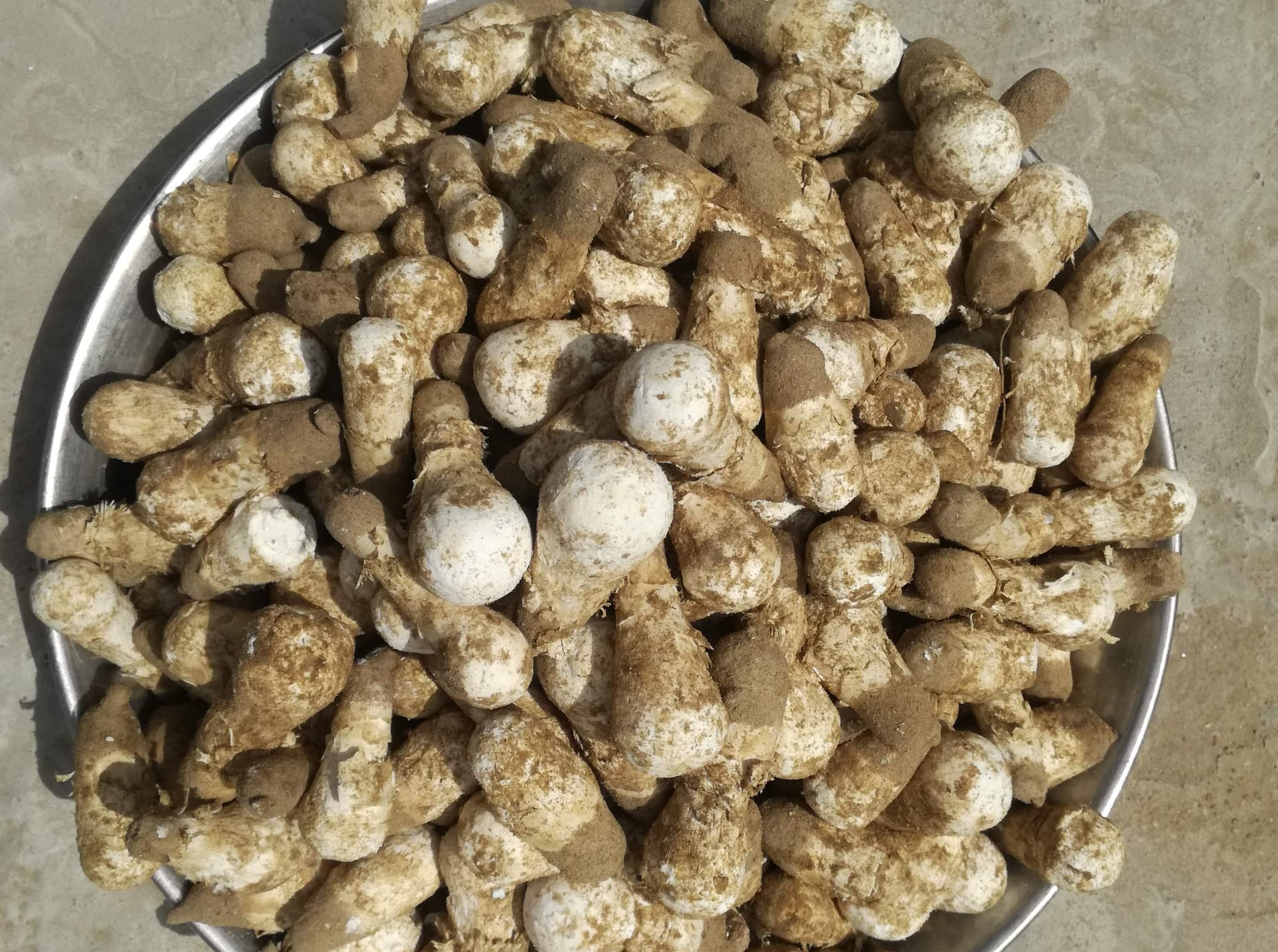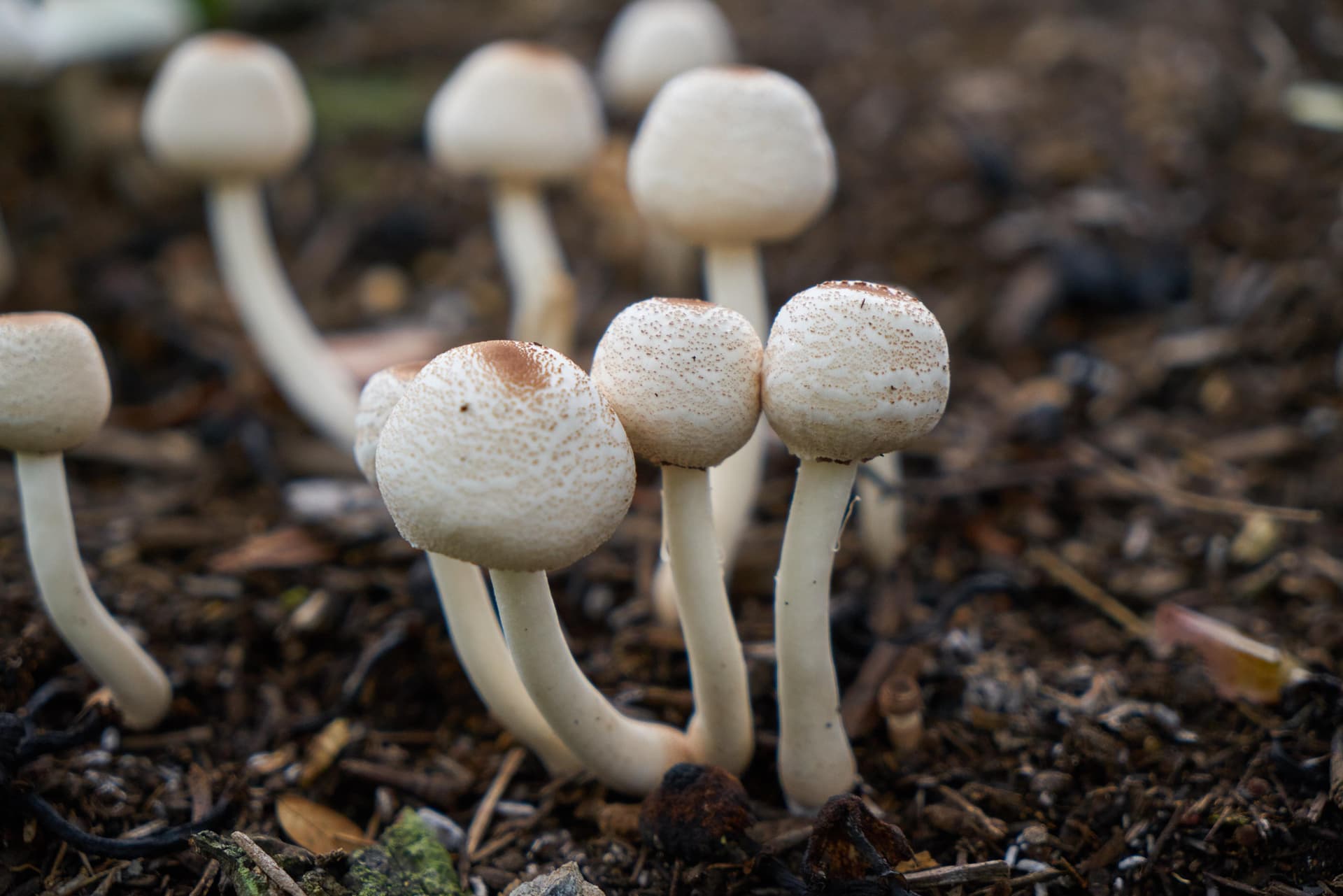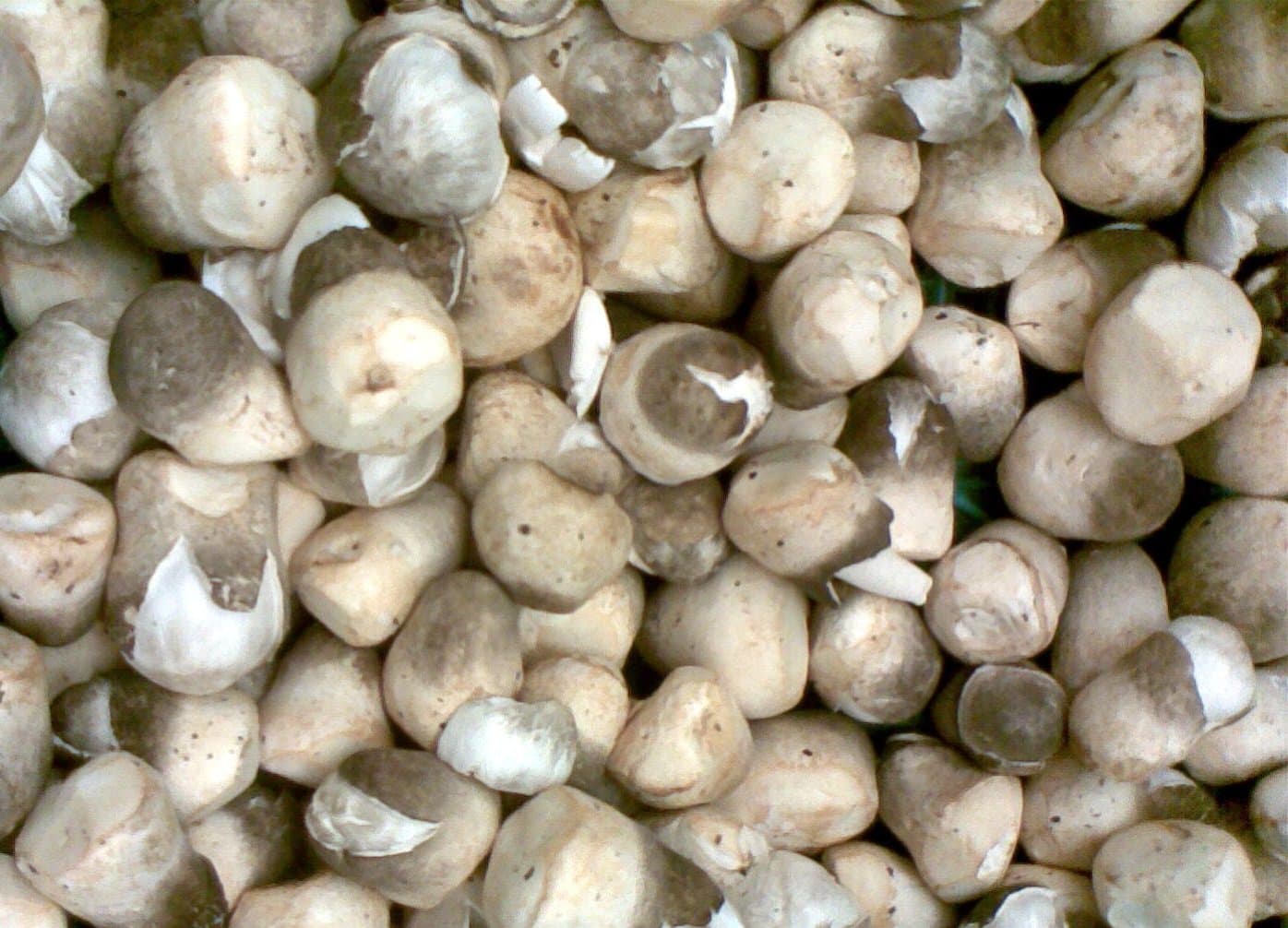Flavour Dive: The Untold Story of Jharkhand’s Traditional Mushroom Liquor
Have you ever tasted a dish or beverage that is based on a recipe that has never been written down? Across the Himalayan regions and the tribal belts of central and eastern India, brewing practices are not simply culinary techniques. They are expressions of community instinct, grounded in the cycles of nature and passed from one generation to the next without documentation. Ingredients are gathered from the land, and methods are guided by observed measurements rather than documented recipes.
As one moves from these broad cultural landscapes into more defined communities, these traditions begin to take specific local forms. Within Jharkhand’s tribal heartlands, for example, fermentation and craft liquor brewing is not conducted in commercial spaces. It takes place in homes and forest clearings, where knowledge is preserved within the household and communities.
Beverages such as Lugdi, found in Himachal Pradesh; Jaan from the northeastern hills; and Handia from tribal Jharkhand are all examples of this. These drinks reflect the localisation of a wider ancestral rhythm, interpreted through regional ingredients and inherited processes. Each preparation remains distinct, shaped by the environment and the people who craft it.
But, what makes mushroom liquor from Jharkhand’s tribal belt truly unique? The women of the village often lead the preparation processes, sensing progress through temperature, smell, and subtle texture. In Jharkhand, while mushrooms such as rugda and putoo are usually consumed as food, their presence in damp forest areas can affect the microbial atmosphere. This natural environment may enrich nearby brews with complex, unplanned influences.
Is mushroom liquor just a drink? Not quite. The concoction is known for its unique aroma, taste and identity that the forest offers. Every vessel holds more than flavour. Mushroom liquor holds generations of practice and art of fermentation.

Foraged Mushrooms You Only Find In Jharkhand: How They Impact Fermentation
What makes Jharkhand’s wild mushrooms different from the rest? In the tribal heartlands, seasonal fungi are not only food but also a resource for fermentation. Among the most sought-after species are Termitomyces heimii, Rugda (puffball mushrooms), Khukhdi—all of which appear near termite nests and beneath Sal trees after the first spells of monsoon rain. These mushrooms are neither cultivated nor exported. They are located only through experience, patience, and instinct.
For local brewers, the purpose goes far beyond cooking. Selected mushrooms, when dried, affect the microbial makeup of fermentation starters such as ranu dawai. Though not always directly steeped into the liquor, spores from wild fungi often settle in grain mixtures during preparation. This natural microbial inoculation, passed from one batch to another, is believed to increase the aroma and improve consistency in fermentation.
The foraging process itself is tightly timed. Within hours of rainfall, families set out with baskets and sticks, moving through thick vegetation. Markets see a short supply window, sometimes just one or two weeks per year.
When Discovery Led To New Techniques, Mushrooms Were Used To Make New Liquor
In the dense forested belts of Jharkhand, a quiet transformation began to take shape. Among tribal communities with ecological intelligence, a pattern emerged. As people noticed, fermenting grains placed near freshly gathered mushrooms began to behave differently.
A new pattern started to appear. What followed was not accidental but a deliberate mixology move! Recognising these shifts, brewers began to test the role of mushrooms in liquor when actively integrated. Varieties were selected based on aroma, texture, and their effect on fermentation rhythm. Some were dried to concentrate their properties; others were introduced raw to preserve their native microbes. Each attempt clarified the understanding of timing, temperature, and technique.
But the experimentation did not result in a singular formula. Instead, it gave rise to a distinctive method shaped by instinct, generational wisdom, and environmental specificity to make a variety of mushroom liquors. The taste and technique unfolded through years of refinement, sustained by those who observed more than they altered.

Crafting Mushroom‑Influenced Liquor In Jharkhand – The Process
The creation of mushroom liquor in Jharkhand begins with the fresh harvest of mushrooms such as Rugda directly after monsoon rainfall. These mushrooms are not dried, due to their fragile nature. Instead, they are used raw and crushed immediately to retain live spores essential for fermentation. A starter mix is prepared by combining crushed herbs and freshly processed mushroom bits. This starter is left to ferment in clean earthen vessels under ambient, often humid conditions.
After primary fermentation stabilises, additional fresh grains or sap-based liquids are added to build body and taste. The brew is then allowed to rest until its clarity and aroma meet local expectations.
Over 10 assessed batches, only 2 meet traditional quality standards. Successful versions exhibited acidity, sweetness, and faint earthy notes imparted by mushroom activity. The remaining failed batches are often thrown away due to poor spore viability, inconsistent raw mushroom flavours, mushroom spoilage, or temperature variations. Failure indicators included off‑flavours, flat profiles, or overly pungent fermentation aromatics.
The contrasting outcomes across batches emphasise how sensitive the process is: only those rooted in rigorous observation and local intuition manage to achieve the distinct characteristics prized in Jharkhand’s traditional mushroom brews.
Also Read: Mushroom Starter Recipes With Classic Cocktails; Pairing Tips Inside
Tribal Perspectives On Mushroom Liquor Flavour To Know
In Jharkhand’s tribal settlements, flavour is not evaluated by potency but by impression. According to experienced brewers, mushroom liquor gains a distinct buttery texture when prepared correctly. The presence of raw mushrooms, never sun-dried due to their fragile structure and limited shelf life, brings a damp, earthy undertone that is easily missed by the untrained palate. Yet locals insist it delivers a signature texture, often described as smooth or creamy by comparison to robust ferments.
What stands out is not the aroma or the pungency of the base but the effect the mushrooms have on the structure of the liquor itself. Elders suggest this rounded texture is what distinguishes a successful brew from a failed one. In their view, a batch that lacks this soft character is unfinished, no matter how clear or aromatic it might appear. Tribal communities describe the liquor similarly to how elements subtly change over time through consistent contact, like a river flowing.
This interpretation is rooted in an observation that was passed down orally. The flavour is a byproduct of patience and understanding rather than formula. Through repeated cycles of preparation and tasting, generations have learnt to identify the exact moment when the flavour reaches its authentic potential.

Rarity, Roots, And Tribes…
To taste mushroom liquor, one must be willing to travel far beyond the usual routes. It requires a long trek through dense forests, kilometres away from the mainland and far removed from touristy waterfalls or mapped trails. The journey leads to secluded tribal settlements where the practice continues, not for display, but as part of seasonal life. These communities do not advertise their methods; instead, they guard them with pride.
Even among the region’s oldest families, only a few still know how to prepare it using traditional steps. As younger generations move toward modern livelihoods, the technique loses its footing. The mushroom liquor, once part of communal rituals and everyday life, now appears in fewer households. Many locals suggest it may disappear entirely if not preserved properly. With so few still preparing it the original way, and even fewer passing on the skill, this unique drink may soon be known more for its absence than its tradition.
Drink Responsibly. This communication is for audiences above the age of 25.




